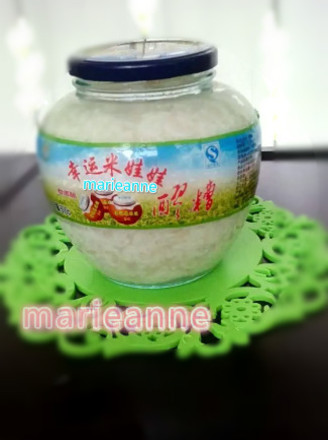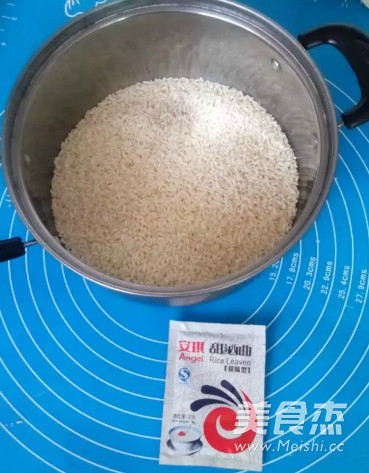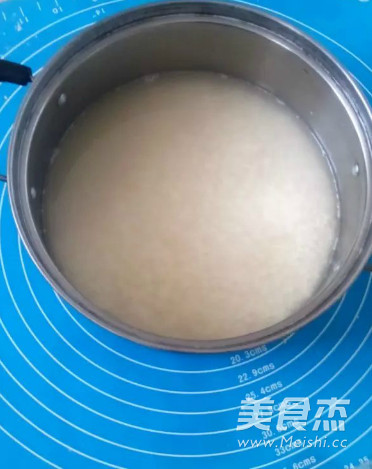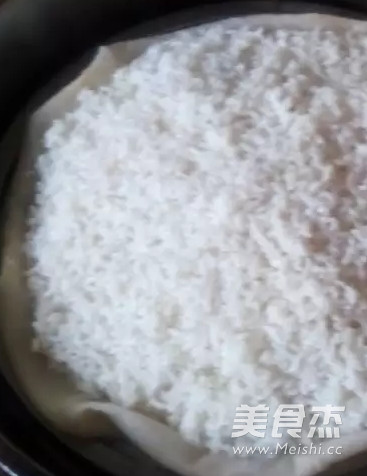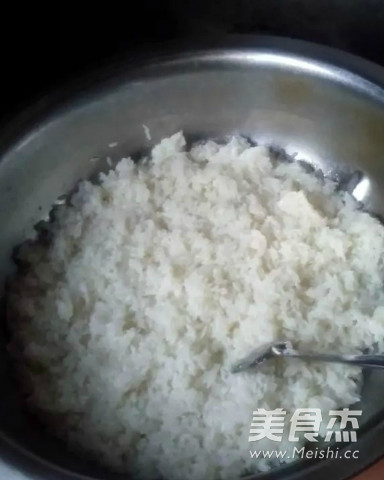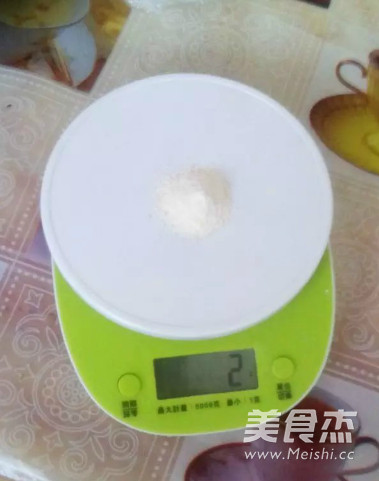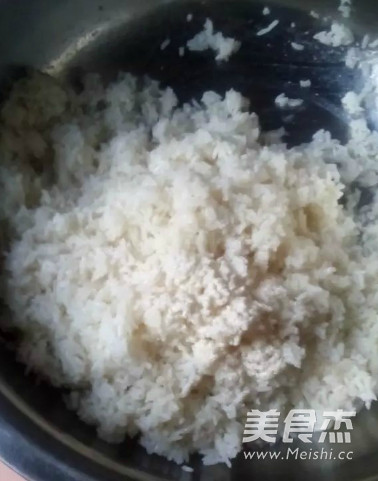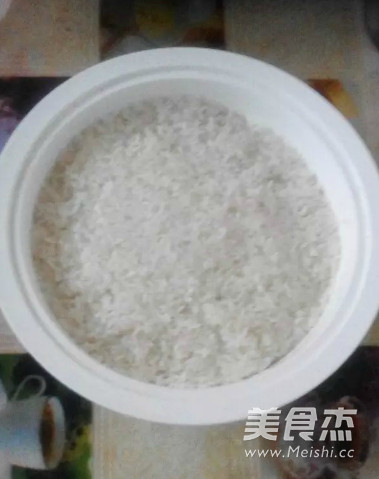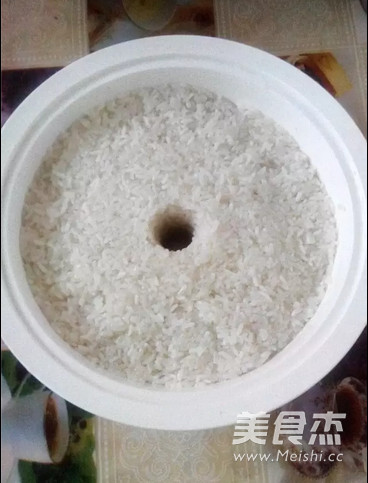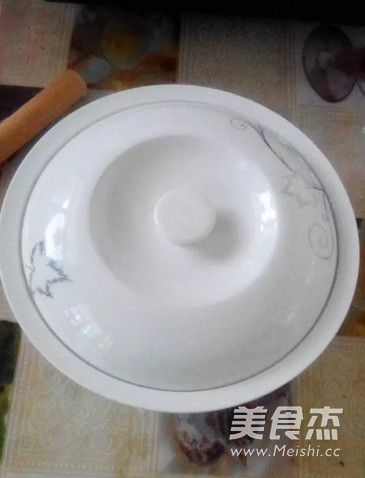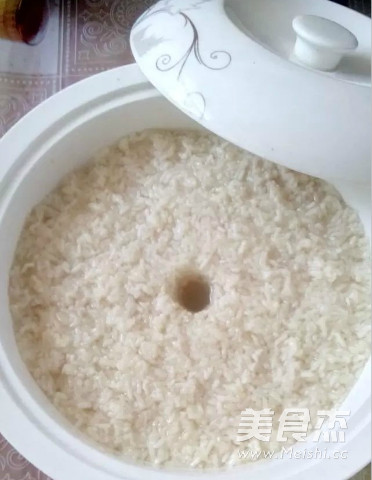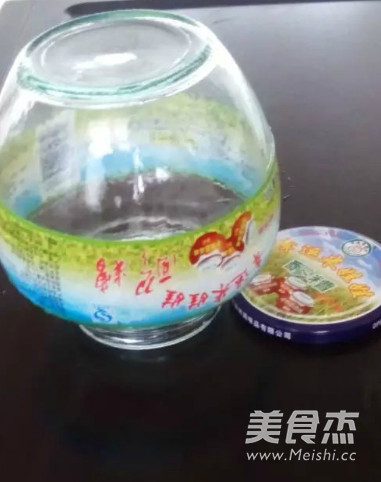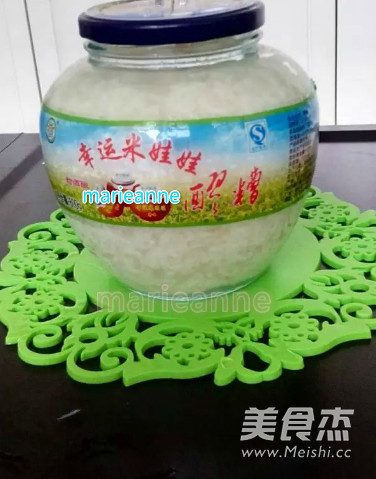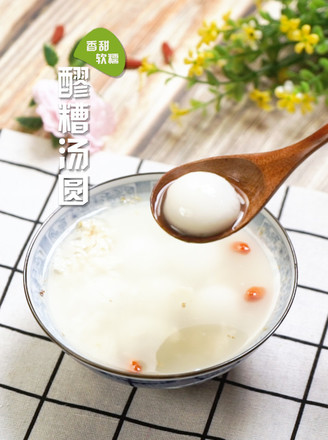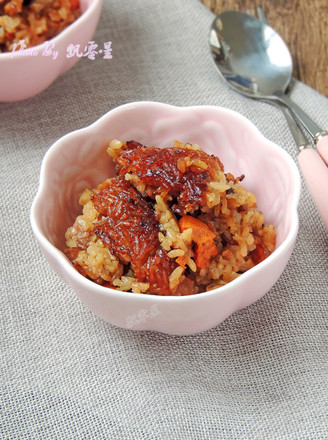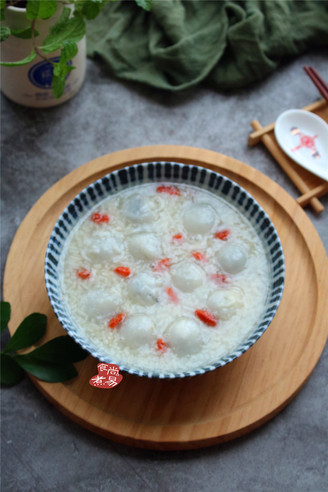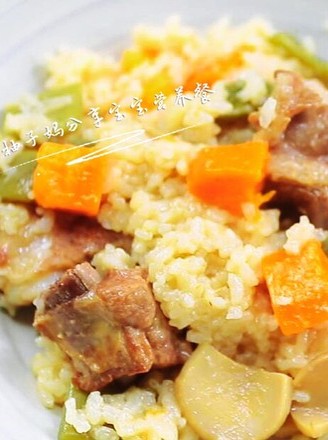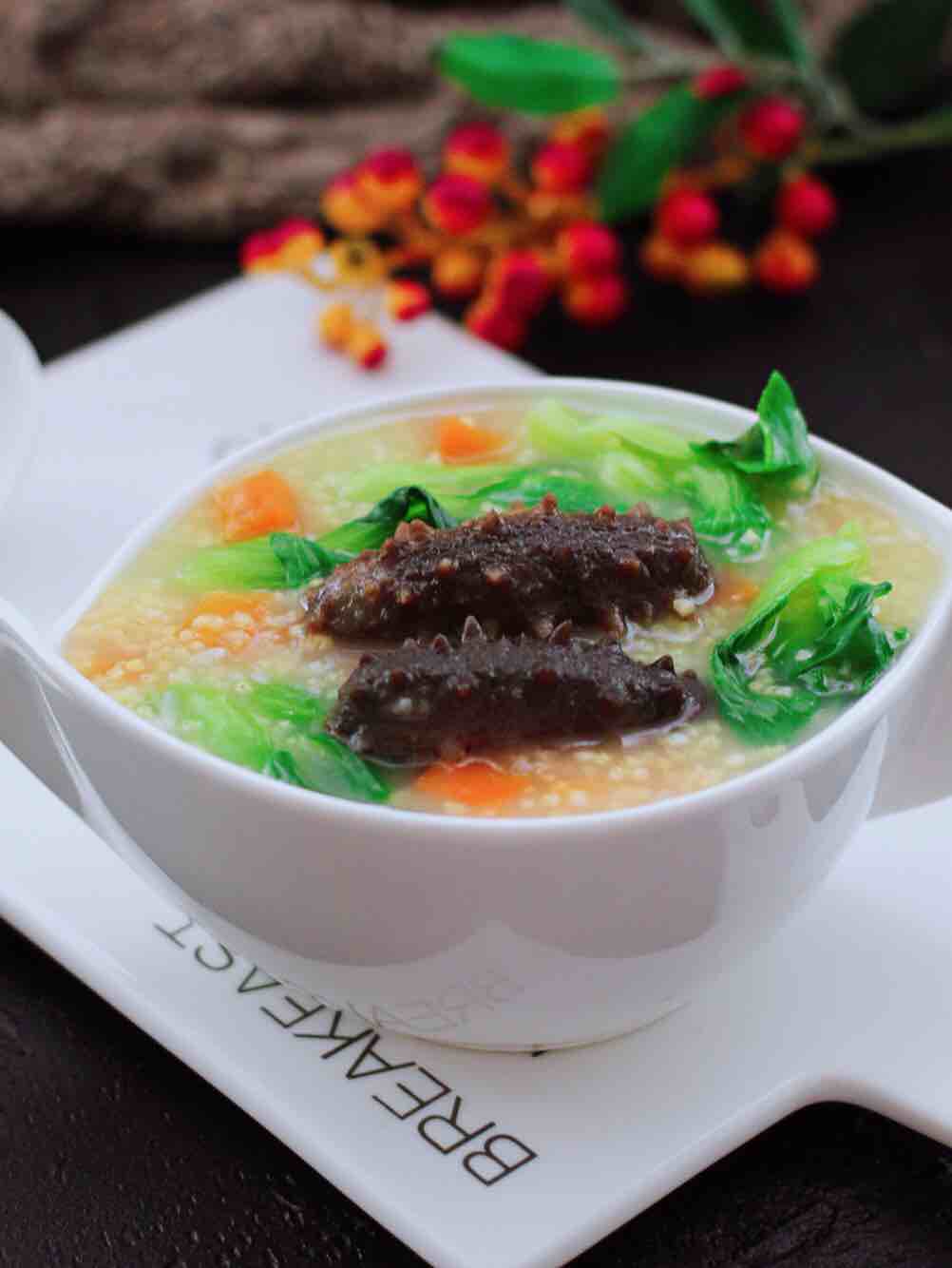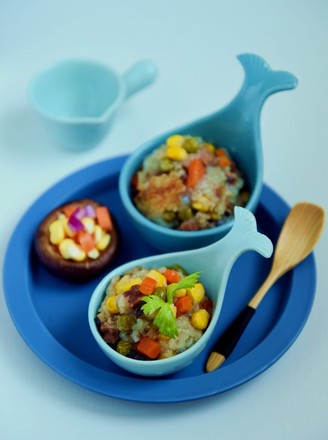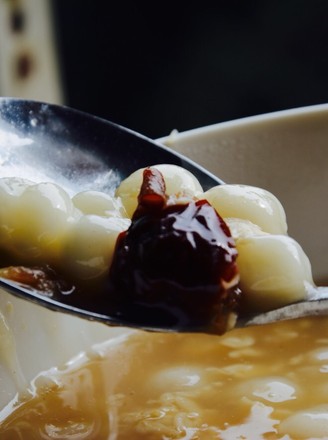Homemade Rice Wine
by marieanne
Favorite
Difficulty
Easy
Time
48h
Serving
2
Rice wine, also known as fermented glutinous rice, was called "li" in the ancients. It is a common traditional local snack in the south. The main raw material is glutinous rice (called glutinous rice in southern China, and glutinous rice in the north), so it is also called glutinous rice wine or glutinous rice wine. Jiu Niang is generally called "rice wine" or "sweet wine" in the north. East Asian cuisine often uses rice wine as a condiment (for example, cooking fish), because rice wine can remove the fishy taste and is used for flavoring purposes.
Rice wine is a kind of grain brewing that Chinese people particularly like. It has a long history, a large audience, and is very popular. It is suitable for people of all ages to drink. The effects and effects of consuming rice wine are so many, it can be said that Baiyi is harmless, because the degree of rice wine is very low, even people who can't drink alcohol can eat it. The diluted rice wine liquid can also play a role in skin care and beauty, and it is also an excellent health guide for women. Rice wine has the effect of nourishing the body, especially for parturient women. Rice wine can also promote lactation. Drinking rice wine at ordinary times can promote qi and blood circulation, warm the stomach, provide energy for the body, and supplement enzymes.
Speaking of which, this fermented koji fermentation technology is still a great invention in ancient China. There are two kinds of microorganisms, gray mold and yeast, in koji. Gray mold converts starch into sugar, which is the process of saccharification; yeast converts sugar into ethanol, which is the process of alcoholization. Only when these two processes are carried out to an appropriate level, can there be delicious rice wine.
Rice wine is a kind of grain brewing that Chinese people particularly like. It has a long history, a large audience, and is very popular. It is suitable for people of all ages to drink. The effects and effects of consuming rice wine are so many, it can be said that Baiyi is harmless, because the degree of rice wine is very low, even people who can't drink alcohol can eat it. The diluted rice wine liquid can also play a role in skin care and beauty, and it is also an excellent health guide for women. Rice wine has the effect of nourishing the body, especially for parturient women. Rice wine can also promote lactation. Drinking rice wine at ordinary times can promote qi and blood circulation, warm the stomach, provide energy for the body, and supplement enzymes.
Speaking of which, this fermented koji fermentation technology is still a great invention in ancient China. There are two kinds of microorganisms, gray mold and yeast, in koji. Gray mold converts starch into sugar, which is the process of saccharification; yeast converts sugar into ethanol, which is the process of alcoholization. Only when these two processes are carried out to an appropriate level, can there be delicious rice wine.

